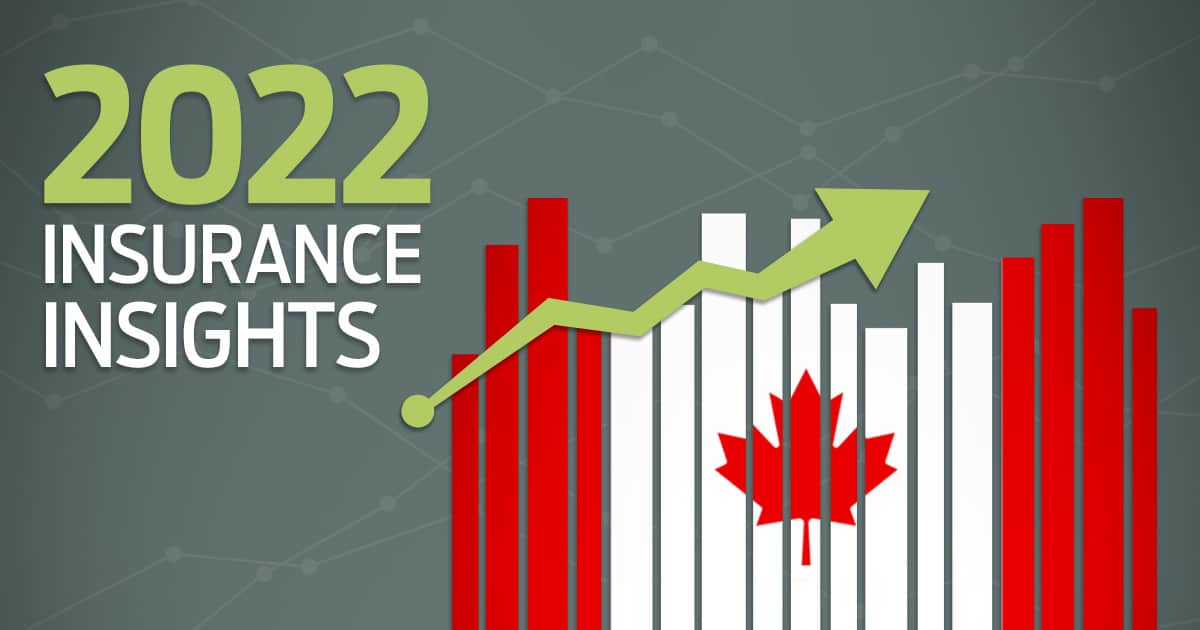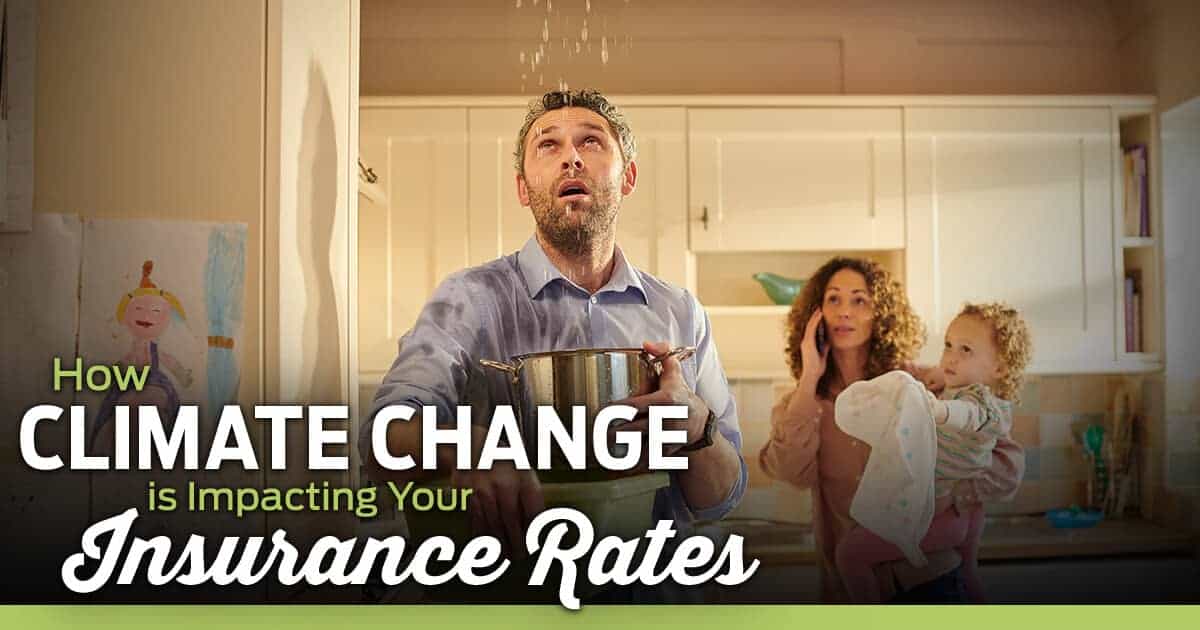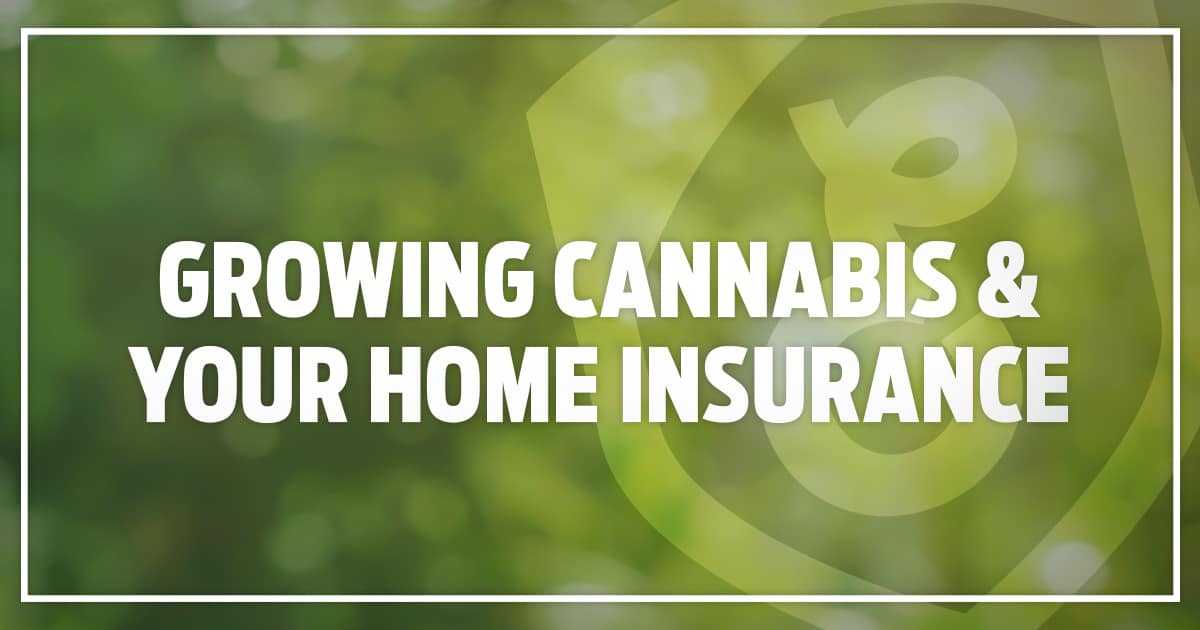
The Future of Property & Casualty Insurance in 2022
December 31, 2021
Share:
The last few years have been interesting, to say the very least. As 2021 draws to a close, policyholders, brokers, and insurers alike wonder if there will be any stabilization to the insurance market in the coming year. Increasing claims costs and reduced return on investment in the last two years have impacted the insurance sector significantly, with rising rates across the board and with substantial increases on the casualty side for general liability as well.
Projections for 2022 are uncertain, especially with the current state of the pandemic, but we can expect some equilibrium for the upcoming year based on level rate increases in the latter months of 2021. There are still challenges to be expected – many that are non-pandemic related – including sustainability and consumer desires, but all in all it will largely depend on how companies and brokers can adapt to new technologies and expectations.
In this post, we’ll dig deeper into how different sectors of insurance may look in the coming year.
A Bumpy Ride for Auto Insurance in 2022
When the pandemic first hit, workers stopped needing to commute into the office everyday. People stopped going out for social gatherings. Overall, there was limited traffic on the roads – enough to merit many insurance companies sending refunds to their policyholders because so few claims were being paid due to less cars on the road. In 2021, drivers began returning to work, and accidents spiked. This could be for any reason – lack of practice, impatience, etc. – but the end result was the same: there was a large spike in tickets and accidents, resulting in higher insurance premiums.
There is an expected increase in demand for insurance in the coming year in addition to a continued steady rate increase. Shortages of new and used cars may impact the cost to replace vehicles that been totaled due to supply chain issues caused by the pandemic and cars are gradually becoming more tech-inclusive, meaning that their overall replacement cost has risen. Even if the rate of accidents goes down and we start to see fewer claims, the cost of an individual claim continues to rise, and premiums will continue to reflect this.
How will autonomous driving and high-tech safety features impact auto insurance rates?
On top of high-tech inclusions, autonomous vehicles are gaining popularity. While we’re not fully at the stage where cars can be entirely autonomous, many newer vehicle models contain autonomous features. The hope? Driverless cars. What does this mean for insurance?
Driverless cars, in theory, should overall reduce how often collisions occur as well as liability costs. Nearly 94% of auto claims and accidents are due to driver error, with only around 6% being due to equipment malfunction. With driverless vehicles, technically there’s no fault – at least, not at the higher level of autonomy where there is no driver influence at all. Therefore, collisions and accidents that occur would be the fault of the product – not the individual, or another driver.
Insurance policies may also look different. Liability will need to be defined differently. This may not be the case for 2022, but insurers will need to begin changing up the way they think about managing risk to prepare for the future of autonomous driving in the next decade or so.
Home & Property Insurance Impacts Due to Climate Change & More
Property insurance rates have been rising as a general trend even prior to the COVID-19 pandemic, in part due to inflation but most of all because of climate change. Climate change has resulted in a high frequency of disastrous weather events all around the world, from a large number of wildfires to flooding, earthquakes, hurricanes, heavy snowfall, and more. Because of these weather events, the severity and frequency of property claims have gone up. Into 2022, this isn’t expected to slow down.
COVID-19 also had its part to play in 2020 and 2021, disruption the supply chain and forcing many suppliers to stall production due to social distancing orders. This, in addition to a high demand for housing, has contributed to high construction costs which has caused the overall replacement value of homes and properties to increase significantly. While this might equalize as we start to settle into a “new normal” there is still the expectation in the coming year for around 5%-10% premium increases for home and property insurance.
Commercial Businesses – Post-COVID, Adaptations to Remote Working & Large Industries at Risk
High-risk business sectors have faced their number of challenges, especially with some rather significant increases in liability exposures over the last few years. In addition, we have seen an average of 5% to 10% rate increases – despite reduced exposure due to the restrictions posed by COVID-19. Commercial auto businesses, including delivery drivers and trucking, have seen slower increase in rates. However, this may soon change as we start to get back on the roads for 2022.
For any business that deals with data in some form, the inherent risk of cyber breach and ransomware has increased substantially over the last few years. It is integral for 2022 that businesses implement strict protocol for cybersecurity and solidify comprehensive cyber security insurance to protect their digital assets and liability. Due to tech advances, many businesses will have to learn to adapt – virtually and beyond. Because of the pandemic, many aspects of the way we run our businesses has been forced to change. Commercial insurers are having to deal with this as well, and will continue to do so as we find our basis for “normal” going into 2022.
Travel Insurance – Now, and the Post-COVID World
One of the biggest interruptions that came with COVID was the inability to travel, to some extent within Canada but largely outside of the country. There came many destinations with the label “Avoid all travel” or “Avoid all non-essential travel.” At the time when the pandemic had just started wreaking havoc, many of us were covered by our travel insurance plans for unexpectedly cancelled trips. That was because, at the time, COVID-19 was an unexpected interruption. Now that the WHO has recognized COVID-19 as a global pandemic, it is no longer considered an “unforeseen” interruption and your trip cancellation insurance may not cover an interrupted trip as a result of COVID-19.
Travel insurance in 2022 will also not cover any fees for COVID-19 testing. It may cover instances where you have arrived at your destination and an “Avoid all (non-essential) travel” warning is issued. In instances where you are planning to travel or travelling to an area with an “Avoid all travel” advisory you will likely not be covered by your travel insurance.
With new variants abound, it’s important that travellers do their due diligence and research before selecting a travel insurance policy to ensure that they are aware of what refunds and coverage options are available to them.
NFT and Cryptocurrency Insurance: Insuring Non-Fungible Tokens and Crypto
NFTs and cryptocurrency are a hot topic as of 2020 and 2021. NFTs are new classes of “blockchain-based” cryptographic currency that represent unique physical or digital assets. NFTs have URIs (uniform resource identifiers) assigned to them that will source a physical or digital item like a game, music, artwork, collectibles, clothing, real estate, vehicles, artwork, and more.
Financial value was digitized way back in 2009, with the creation of Bitcoin. This ignored the necessity for an intermediary to exchange currency between two parties digitally.
There is the option to get cryptocurrency insurance for bitcoin, but NFT insurance is a little more difficult. Crime, property, and cyber insurance policies may be tailored to cover digital NFTs, but there are exceptions, and the likelihood is that NFTs can’t exactly trigger the necessity for a claim because they are not physically capable of sustaining damages or loss. “Decentralized NFT insurance” may become the newest insurance program for covering digital assets in 2022. Coverage may be tailored to protecting digital assets from hacking, unintended isagoge leading to financial loss, and so on.
We’re all looking for our world to return to “normal” – whatever that normal is. Paying higher insurance premiums is not something anyone wants to do, but perhaps stability – or at least adaptation – is on the rise. Both policyholders and insurers are on the same page when it comes to the desire to get things back to normal.






